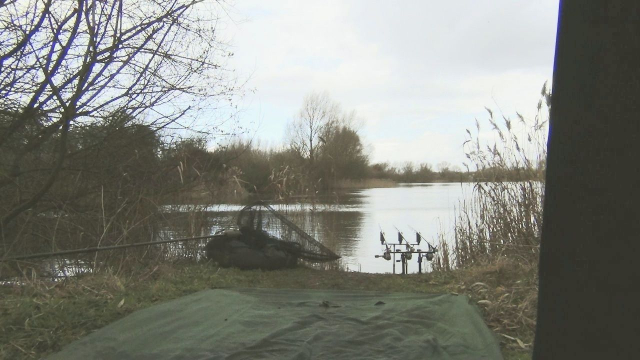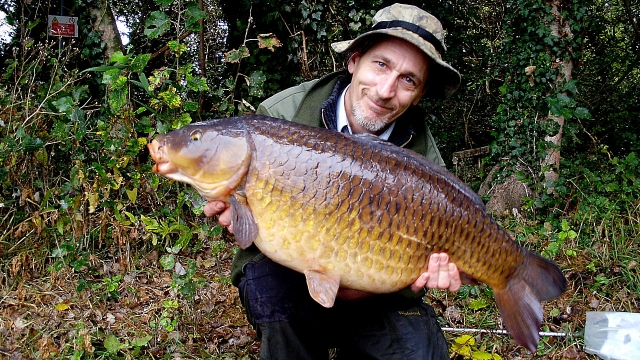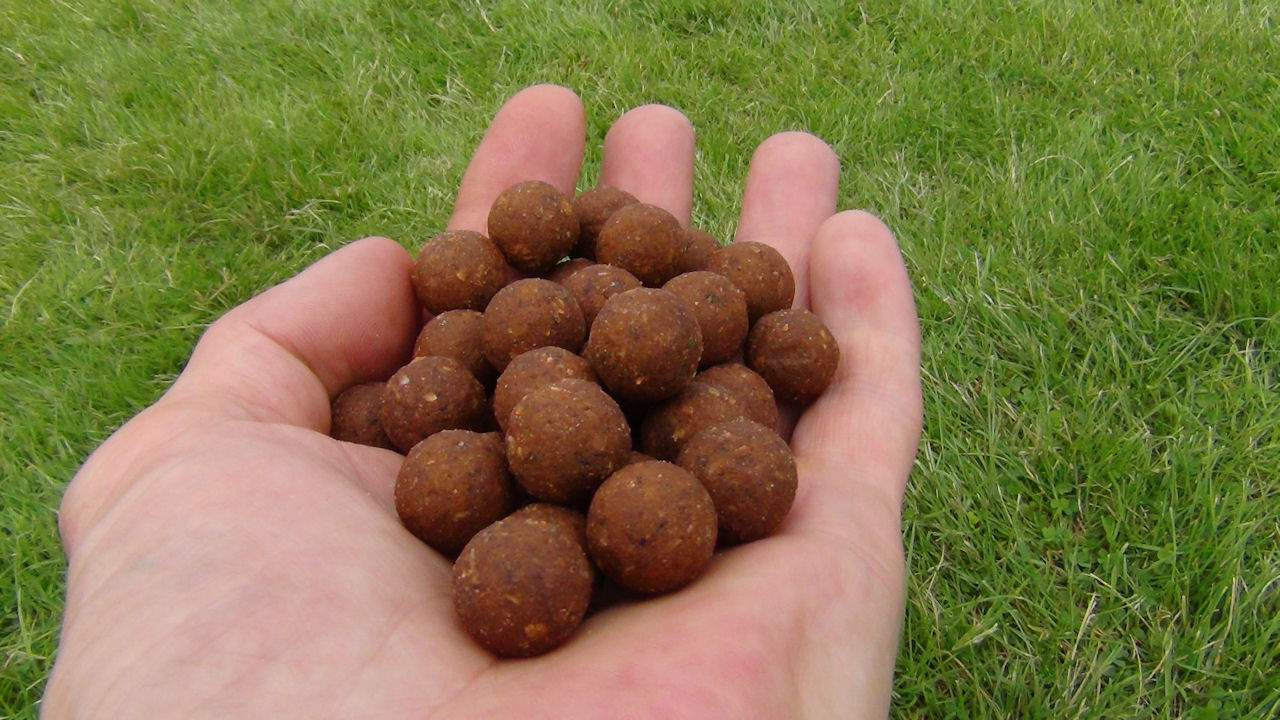
It's a question I get asked a lot, how much bait do you use? Especially when you hear tales of how carp can eat five kilos in one sitting. The answer I give is very simple, enough for one fish, a couple of handfuls. However that of course is not the end of it because there are many different situations and sometimes a couple of handfuls can be too much or too little, but it's a good starting point none the less.
The single bait method
Often if you spot a carp and toss a bait to it you can catch it. The 'single bait method' works well on these occasions and is all that is needed. However if you cannot see the fish then you would perhaps only use the method if you knew the spot well. If not, then you might employ a stick or stringer with it to aid its attraction. This is the classic winter approach and for those that have ventured forth at those times of year in search of sport, it's a good starting point. But for most fishing situations in this country a couple of handfuls will almost always suffice.
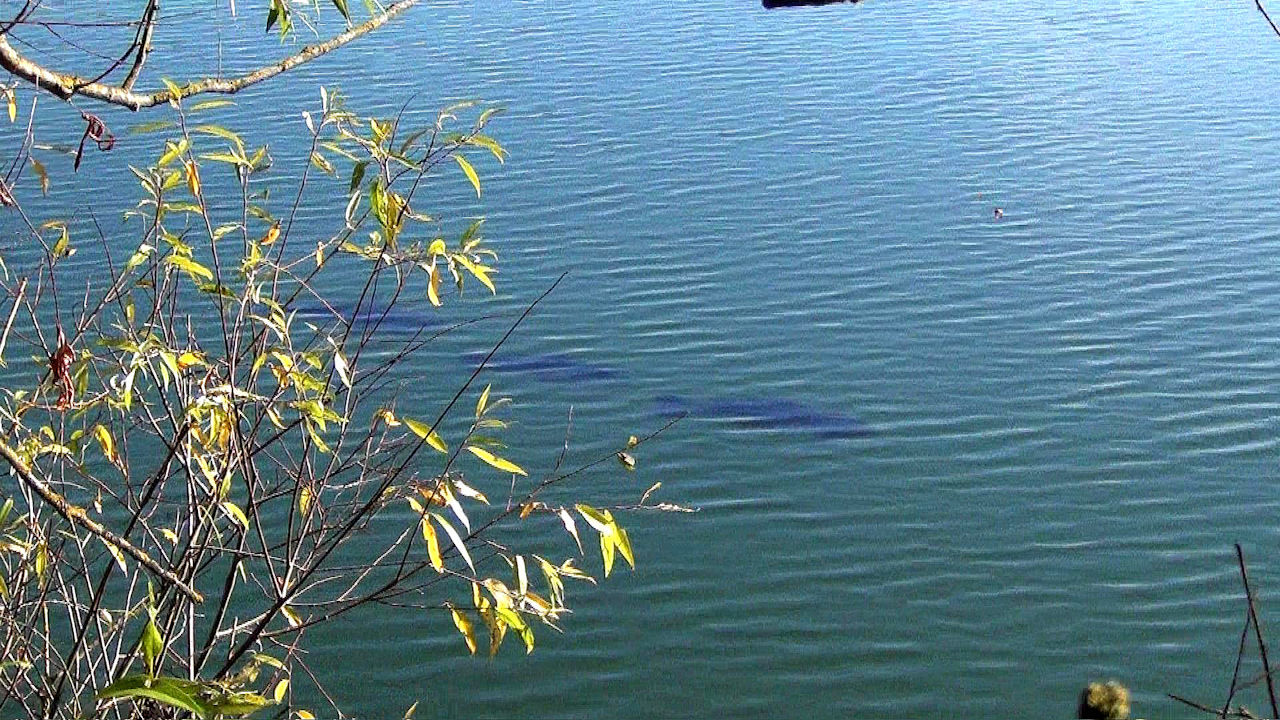
Little and Often
Generally carp move around on their own or in small groups of two or three and it's this habit that you need to target. The trick is how you put it out, and how often, what we all call bait application. Building up a swim is important as you will not always catch the carp as soon as they come across your bait. They might ignore it if there is too little to draw them down or they might just eat it all up and leave. If you put in plenty at the start you could easily over feed them making bites tough to come by until the swim is cleared, and by then it might be too late. So feeding little-and-often comes into play, because as the fish pass through the swim the bait is always there and also subtly builds.
With old to fresh baits and the dispersal over the area you will then get carp looking for the bait as they get used to seeing it. You build their confidence, they start to seek it out.
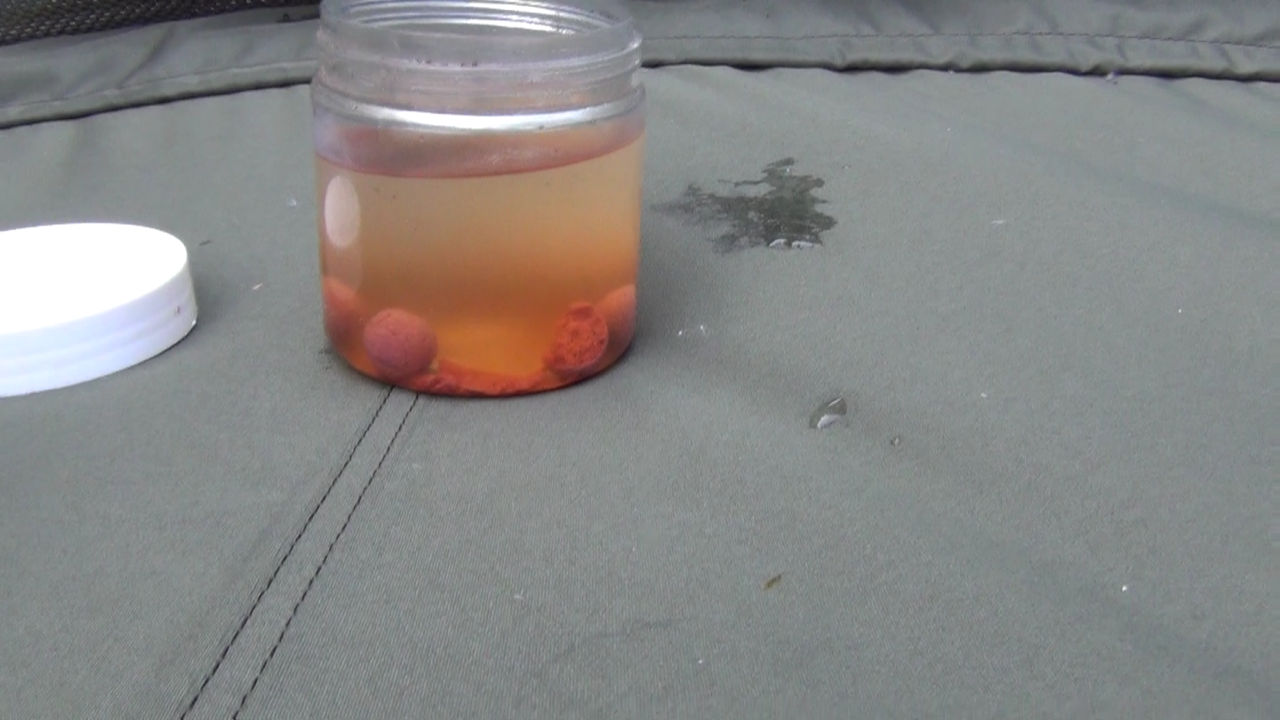
Helpful indicators
I have used hardened hookbaits for many years now and have come to appreciate their uses as a tough deterrent to all but the biggest roach or bream (nuisance species) however I have also spotted a big weakness too and that is connected to bait application.
With a toughened hookbait it will be difficult to tell how you're loose feed is standing up to the attentions of nuisance species and deterioration, but with a standard out-of-the-bag- hooker you will. This is important because if you know how long your bait is standing up to the nuisance species and deterioration then you will also know when to feed more bait.
A good tip is to fill a pot with lake water and drop some of your boilies into it. Over the period of your session you can inspect them giving you a good idea of what's going on down on the lake bed.
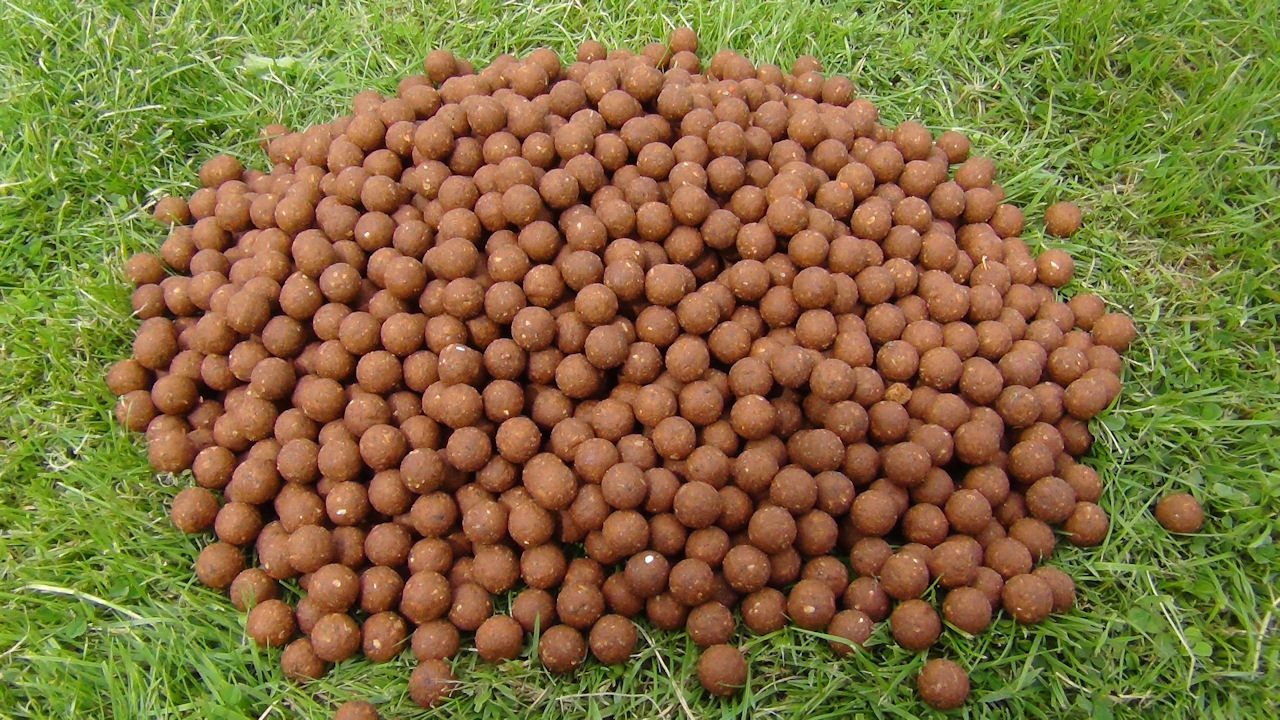
Topping up the swim
Whenever you catch a fish you should always respond with a handful of bait. If you have fished through feeding periods without a bite but fish have shown in your swim then top it up with a handful on each rod. If you catch a tench or a bream then again it's likely your free offerings are also being taken so top the swim up.
With experience and knowledge you can make better judgments when it comes to how much bait and tailor it to suit the conditions because these will change from one week to the next. Obviously there are times when the carp will eat everything that's put in front of them but these occasions are rare.
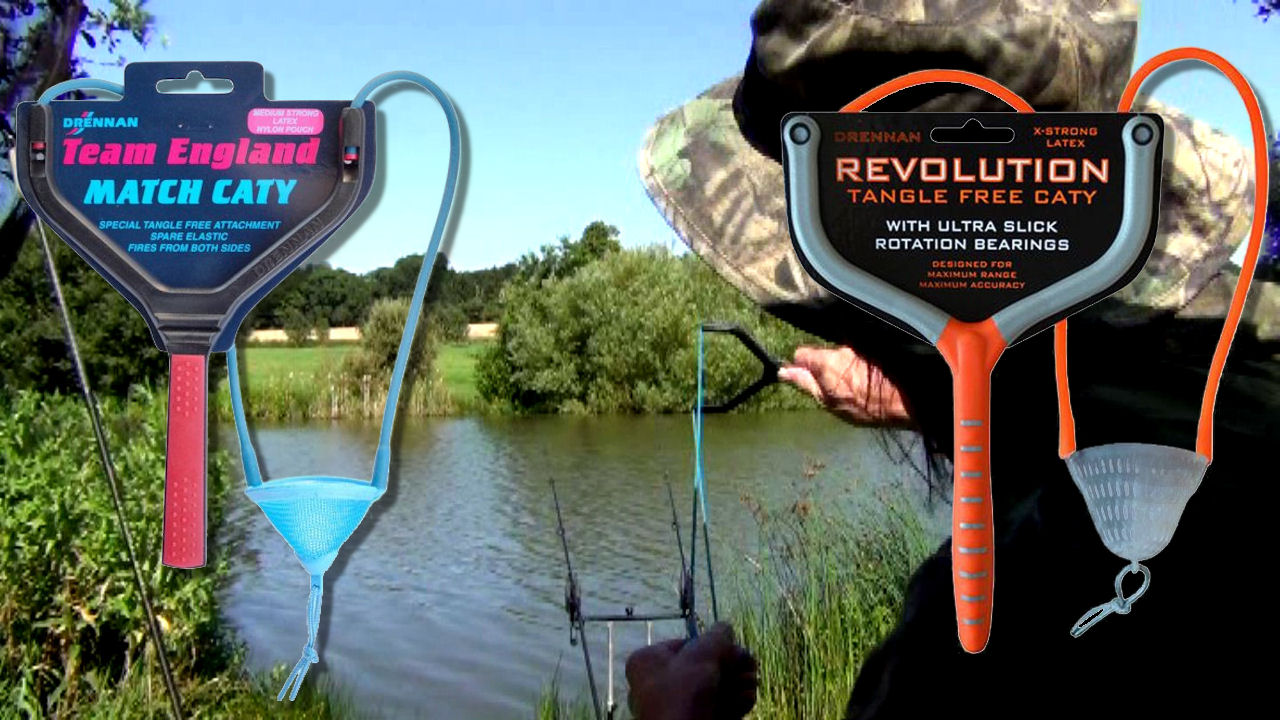
Important kit
It's no good having great bait and a good understanding of when and how much to feed if you cannot get that bait out and get it out exactly where you want it. Over the years I have used many different catapults and the one that has stood out as the best is the Drennan Match Caty. Depending on the size of the boilie and the conditions this catapult will put your boilies spot on every time up to a range of 70-80 yards. Its newer counterpart, The Revolution, takes this just a little further by giving you more power and a bigger cup, so on those occasions when the Match Caty just can't quite make it, The Revolution will.
Bait application is one of the most import things in carp fishing and is the reason many fail to do as well as they should, however improving this skill will put a lot more fish on the mat.

